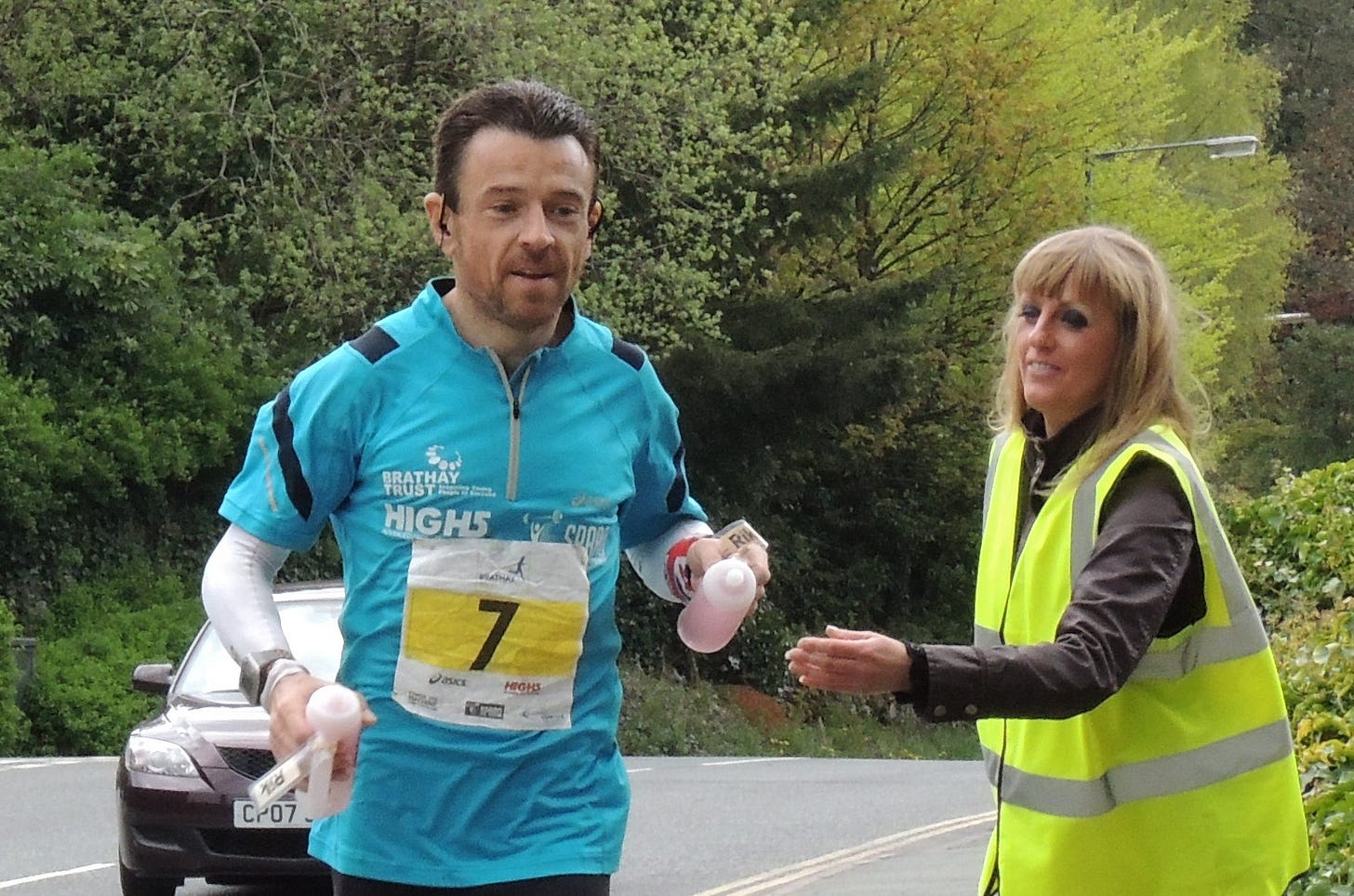Phoenix Running: Why runners can't wait to say 'let's go round again' at looped races
Race director Rik Vercoe talks 'accidental marathons,' an increase in women's participation and the impact of Covid-19 in our Q&A
Phoenix Running is one of the most popular running events groups around, with a host of races from five up to 50kms.
It was also one of the first events organisers to start putting on lapped races - a phenomenon which has become increasingly popular and common in recent years.
Running Tales caught up with founder Rik Vercoe - a man who himself has completed more than 300 marathons and broken a host of running records - to ask him how Phoenix Running came to be and about life as a race director.
In our Q&A with Rik we talk about everything from ‘accidental marathons’ to the drop off in race participant numbers since the onset of Covid-19.
What led you to become a run director?
Phoenix Running was definitely born out of my own running.
It’s fair to say that when my own fairly short running career started to slow down, and I started to do less running myself, I really wanted to take what I learnt from being around on the running circuit for a while.
Having gone to lots and lots of marathon events myself, I had seen lots of different race organisations putting on events in different ways, and I thought to myself I think there’s a few tweaks - particularly around inclusiveness - that I could learn from all of that and apply.
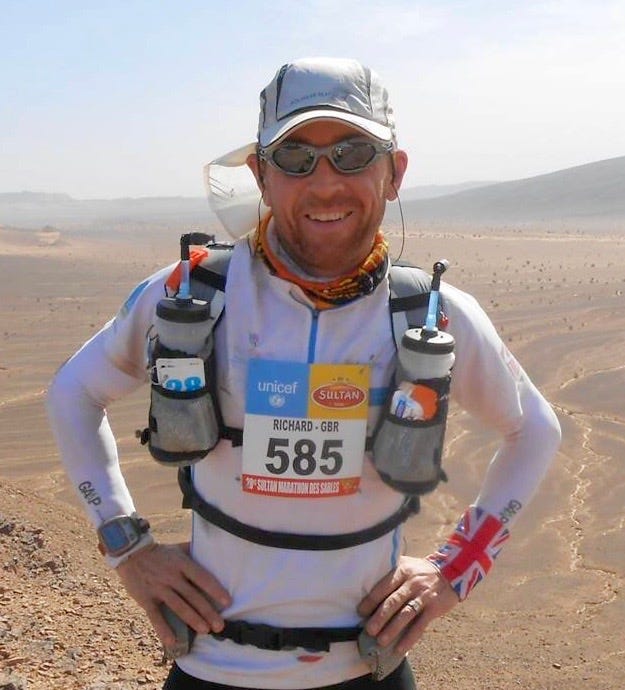
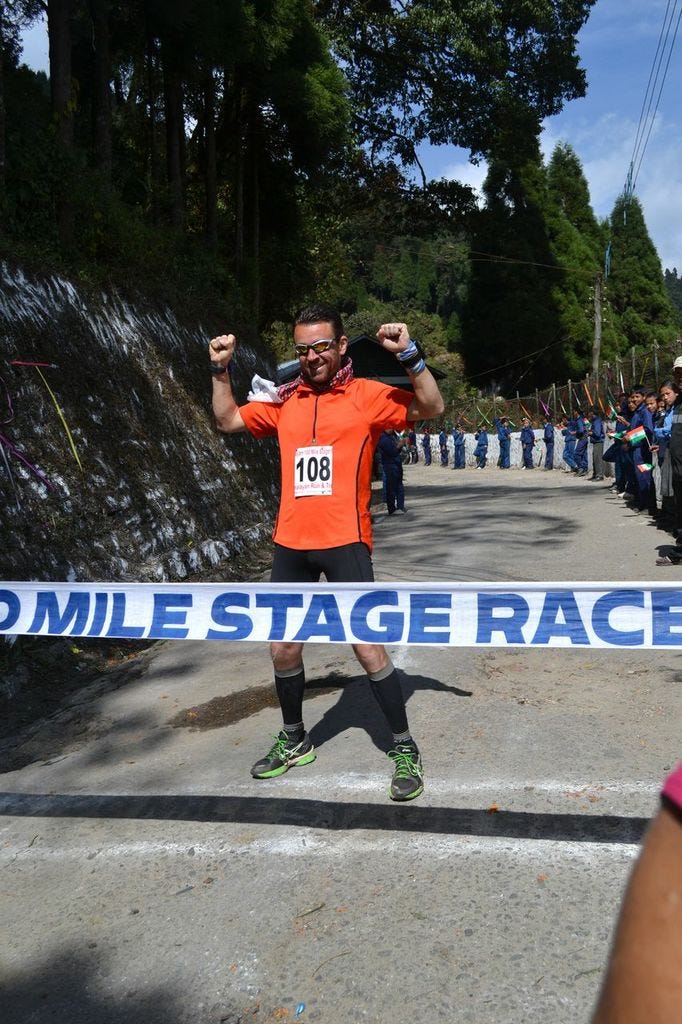
Back in 2014, we put on our very first event and, funnily enough, I was talking about this to someone the other day. People had to write a cheque for entry - I remember getting a whole bunch of cheques through the post - and it was all done manually.
We put on a marathon and a half-marathon. And it all just went from there.
Practically, what were the improvements you made on other race formats?
They were particularly around inclusiveness. One of the things I noticed on the circuit, when I was running a lot of marathons myself, was by their very nature of 26.2 miles being such a long way they are not a format that attracts everybody or people who are new to running.
I had seen a format in the States and in this country around timed events, where rather than have a point-to-point or a large single loop you have a much shorter distance and effectively run laps.
I had done a few similar events myself and really liked the format. For me, I found I was able to break that 26.2 mile distance into almost a time trial. When it was all about trying to get round as quickly as I could, it meant I could break the distance into bite sized chunks and hopefully improve on my own time.
What I particularly noticed when I was out doing that was that I got to see everybody else’s race, and everyone got to see my race. While I would still turn up to events and try to get round as quickly as I could, I saw all of the different abilities of runners who were out there, people doing their first event or doing a 5k which was an immense achievement for them.
We took that format and looked to standardise it. We went down the route of doing a 3.28 mile (5.28km) lap, and the reason for that very specific distance is that if you multiple that by four you get a half-marathon, and by eight you get a marathon.
All of our events, bar none, were modelled around that specific lap distance. There were some other organisations that did a similar format, but with different length laps.
We said it was a standard four for a half, eight for a marathon, and anything else you want to run from one lap or up that’s great, or if you want to run an ultra then you run nine laps or longer, and we put that format in place.
Right from that very first year we did that, it was brilliant. We got people who came along who were absolutely coming to their first event and looked at it to try and get round one lap, and they got the same finishers’ medal as someone who had run 10 laps, the same support, the same access to the aid station and all the bells and whistles we’ve added since.
What we found, right from the get-go is that we got so many people who would come to an event with some sort of distance in mind, but the wind would be blowing in the right direction on the day, they were having a great time and because it was a lapped format you are never that far away from the aid station so people felt a lot more comfortable.
So many people would come along and say, ‘I want to do a 5k or 10k’ and they would run a half-marathon, and more often than not it would be their very first half-marathon. Then we started to get people running what we call accidental marathons, which if you said that to a lot people they would say that’s clearly crazy, and can’t possibly happen, but actually we get a lot of people who have never run further than a half-marathon do it.
Almost at every event we get somebody who didn’t plan a marathon who runs one. They come along, do four laps, think I’m feeling great or am having a great time. They don’t want it to finish, so we say ‘just do another lap’. And people will do six laps, then seven, and once they’ve done that we say ‘nobody stops at seven’ and we try and nudge them onwards. And we get people who come and do a lot of accidental marathons, and just can’t believe what they’ve achieved.
I love the format from that perspective as it is really inclusive, and there really isn’t a back-marker. If you are running from A to B, somebody is absolutely at the back, but with the lapped and looped format you are never really sure who is at the front and who is at the back.
You just see everybody’s race unfold and people start to finish, and yes we have a back-marker, but it is somebody who gets the most value for money on the day rather than takes the longest amount of time.
How quickly did this idea take on with participants?
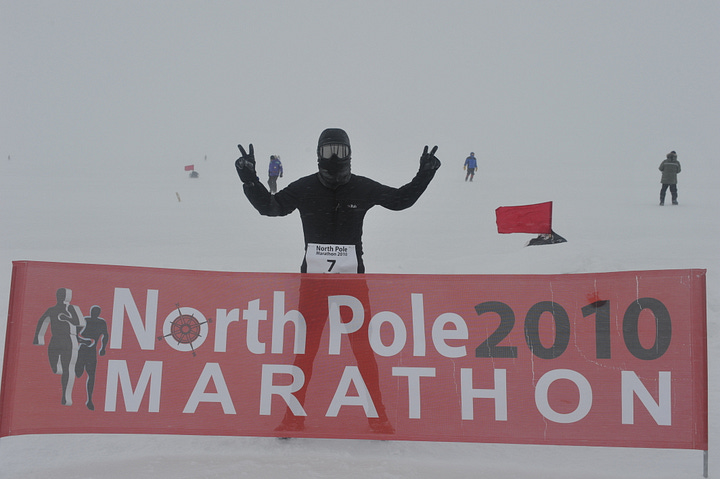
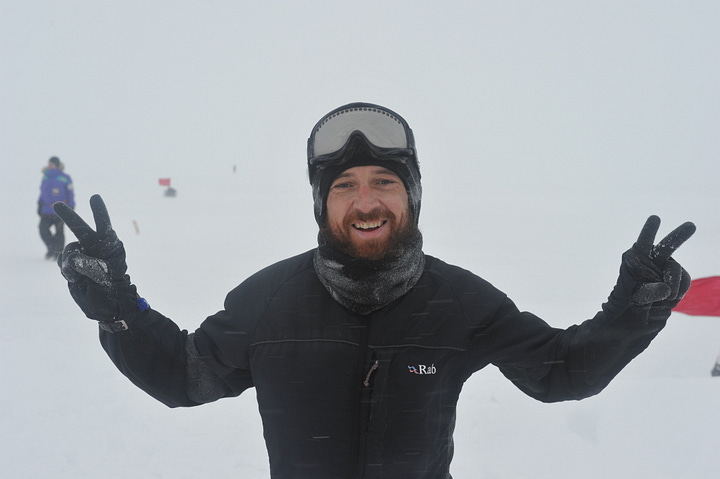
The first event we put on in that format was in 2015. When we did it, there were only two race organisers doing that, and it was like that for quite a while.
I think a lot of other organisations saw that format, and saw people enjoying it, and as happens in this world thought it was good. Around 2017 we started to see more people coming to the party, which is brilliant because it is such an inclusive format.
What is interesting, though, is that it is still a little bit niche. While lots of organisations are doing it, from a mainstream perspective the wider audience of runners still think ‘six hour time limit, seven hour time limit, I couldn’t possibly run that long’. You need to be able to explain that it is a lapped format and you can run any distance from one lap and up.
But I still don’t think it is as mainstream as it could, and should, be - just because it is quite tricky to communicate it.
Some runners fear the potential monotony of laps - has that been an issue?
There absolutely has been a transition. In the early years, the first two or three, there was definitely a little bit of prejudice against lapped events.
We tended to see it among those who were a bit more old school, some of the more traditional runners who’d say a half-marathon is a half-marathon, a marathon is a marathon, and you run from A to B.
Actually, a lot of those events are simply a one lap event. Technically - unless you go point-to-point - they are still a lap. But what is interesting, particularly about three or four years ago, probably a year or so before Covid, there was suddenly much more of an acceptance for it.
Also on Running Tales:
Because they proved to be so popular, and so many people came to them, and they were so inclusive [then they started to be accepted]. One of the particular areas of inclusivity we see is the men to women ratio. A lot of events are still men heavy. Our timed format events just aren’t, and I think it is for those same reasons I mentioned before.
We see a really even balance of women to men, and particularly more recently we see that something like 60%, even 70%, of the field are women, which is just brilliant.
I can’t remember now the last time I heard somebody really critical of the lapped format. Things have moved on, which is great.
Since Covid, there has been a trend that people haven’t always come back to running events or groups. Have you found that?
We have absolutely found that. We’re very lucky that we have a very loyal, core base of runners - most of whom have stuck with us throughout.
We were able to transition during Covid really quickly to virtual formats, so in actual fact we replaced all our attended events during lockdown really quickly.
Because we have a really good and loyal following in our Facebook and social media communities, we were able to use those facilities to keep people motivated.
In 2019 and the run up to early 2020, we were flying along and most race organisations were, and were still seeing numbers going up. Running was continuing to boom. Covid came along and stuck the brakes on just about everything.
Since then we are probably around the 70, maybe 75% level compared to where we were directly before Covid. But what we’ve seen over the last two or three years is a spikiness among people. There’s some general behaviour that know is being seen across the board by every race organiser. Things like the entry behaviour.
Before Covid, some of our most popular races would sell out in four to 10 minutes. We’d launch a race and it would be sold out, perhaps nine months or a year in advance. We virtually never see that now, because the behaviour is that everyone books last minute.
We’ve seen a lot of our races where you can get to a month out and you are looking at race numbers and thinking we’ve only got 30% of the race numbers we had before, we’ve only got 30% of the numbers we need to host the event. And then, all of a sudden in the last couple of weeks, you will get 60% of entries. At one particular event last year, we had 200 entrants with 60% coming in the eight to 10 days before the event. For us, it isn’t the end of the world - although we still need to plan and have the right number of medals and marshals and supplies - but I really feel for those larger events where you get two months out with 20% of the entries you need, and you simply can’t risk spending £10,000 on road closures.
I can totally understand why lots of events were - and still are - cancelling. We saw a lot of last minute cancellations, and people were getting really upset but I feel for those race organisations. Last minute booking does make it really, really hard and half the time we are taking a punt on what we think will happen based on what we have learnt from the last couple of years.
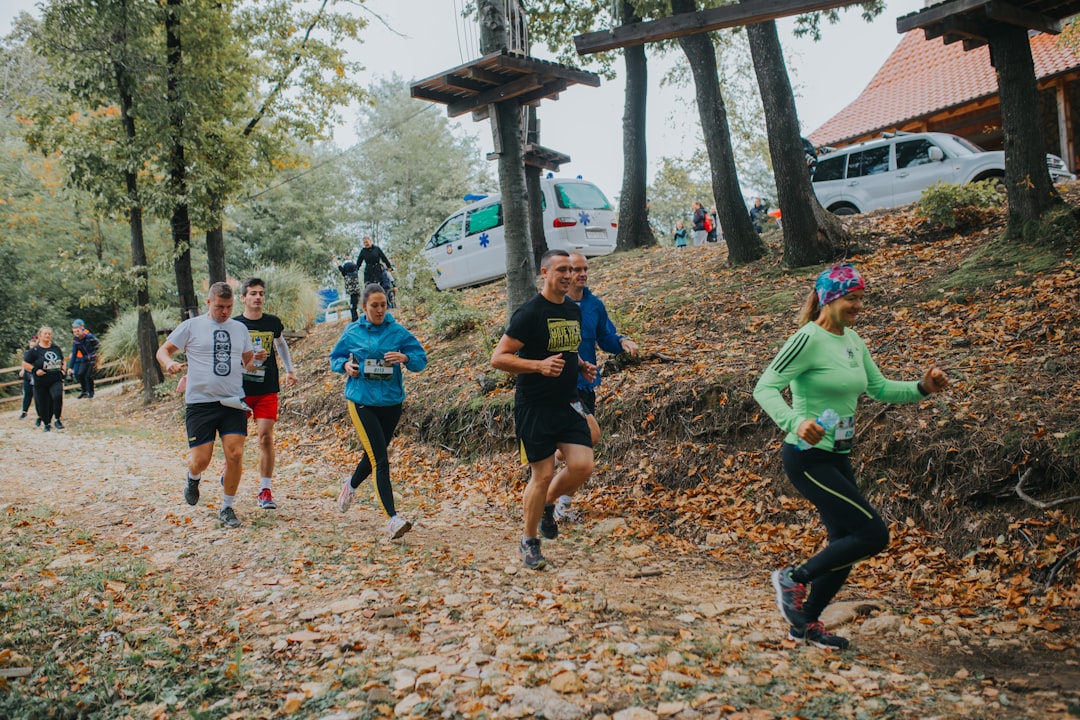
There’s definitely been some behavioural changes in terms of what we are seeing runners doing, and as well there are more race organisations now post-Covid than there were pre-Covid. So actually you’ve got this natural economics of supply and demand.
If you could take Covid out of the picture, almost as if it didn’t happen, I’m not overly convinced we’d be in a significantly different position as race organisations now. I think a lot more race organisations came to the party around 2018/19. A lot of them paused or stopped, or didn’t even go live, during Covid and so there is just more competition now.
If you look at it simply as supply and demand, there are potentially a few less runners now, but I’m not convinced the market is hugely smaller than it was pre-Covid.
You’ve just got to try and be a bit more competitive these days. You’ve got to try and attract people to your events, and there are more events every weekend now than ever before.
Beyond Phoenix: Meet Rik Vercoe
When Rik Vercoe formed Phoenix Running in 2014, it’s safe to say he came to the world of running events with plenty of experience of the sport.
Back in 2010, not long before he married wife Louise who he runs Phoenix with, Rik ran the North Pole Marathon, finishing second out of 25 competitors.
In the same year, he and Louise ran in the Great Wall of China race, with Rik completing the marathon - an event he would soon become all too familiar with.
In 2011, he set out to complete 30 marathons in as many weeks to raise money for the Elizabeth Foundation, a charity celebrating their 30th anniversary that year - but ended up doing 54.
Incredibly, that was just the start. The following year, Rik took part in 56 marathons and then, in 2013, he completed a staggering 152 marathons across the year - what was at the time a British record.
In the same year, he also finished the Marathon Des Sables and won both the Brathay 10 Marathons in 10 days and the inaugural Irish 10 marathons in 10 days event.
As if all that wasn’t enough, he completed 2013 by breaking the existing 10 marathons in 10 days record at Long Beach California by setting an average time of 2:59:30 for each of the 10 marathons and the first ever sub-30 hour aggregate time.
Is it fair to say then, that this phenomenon may actually have more to do with economics, partly caused by Covid of course, than it does with the pandemic itself?
I talk to a lot of fellow race directors, and a lot of people in the industry who are involved in entry platforms and those kind of things.
There was definitely this almost expected tidal wave of new runners just after Covid, particularly after the third lockdown when we had our four stage exit.
All of those people who had discovered running, and virtual running, and running for their mental wellbeing, there was this expectation that they would enter events - and it just didn’t happen.
I was just as surprised as everybody else, because we were seeing thousands of people do our virtual events during Covid. We had more entries for virtual events by far than we ever had for attended events.
The virtual has now completely dropped off, from my perspective anyway. The number of events we were doing during Covid and the six to nine months afterwards have dropped back again. I expected that to happen and we wanted those people to come to attended events but this influx of new runners definitely hasn’t happened across the board.
Thanks as ever for reading and listening to Running Tales. We couldn’t do this without your support - please back us to keep going by…




